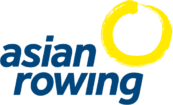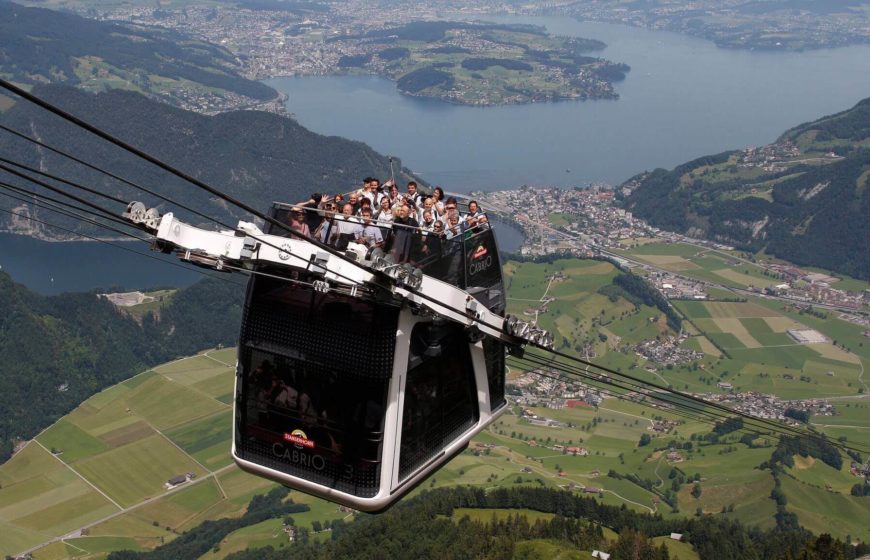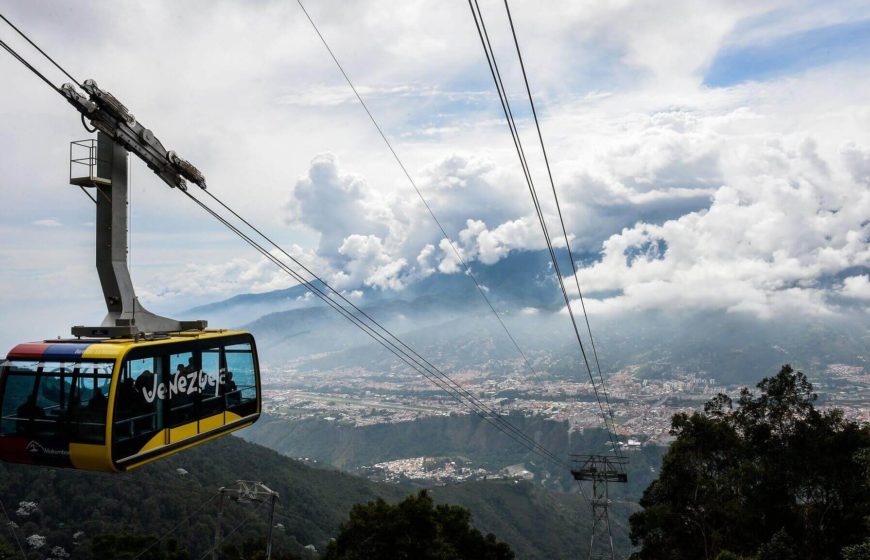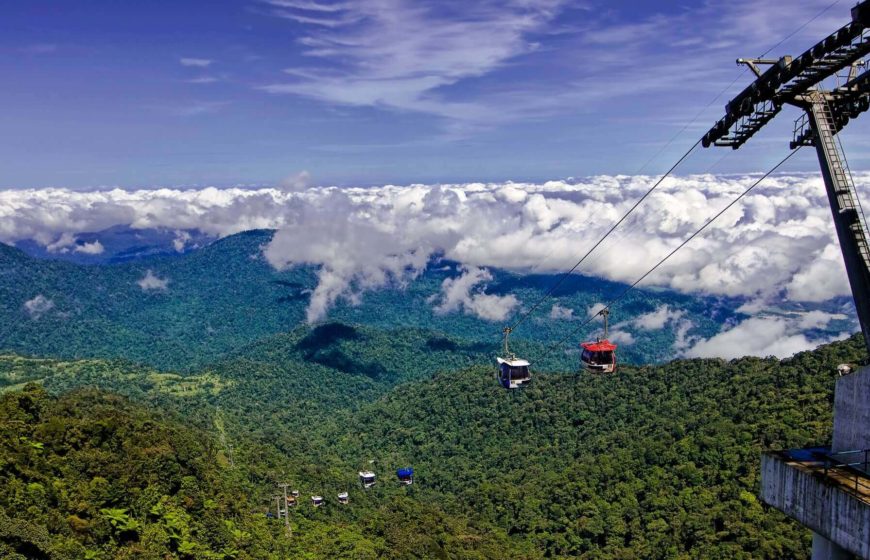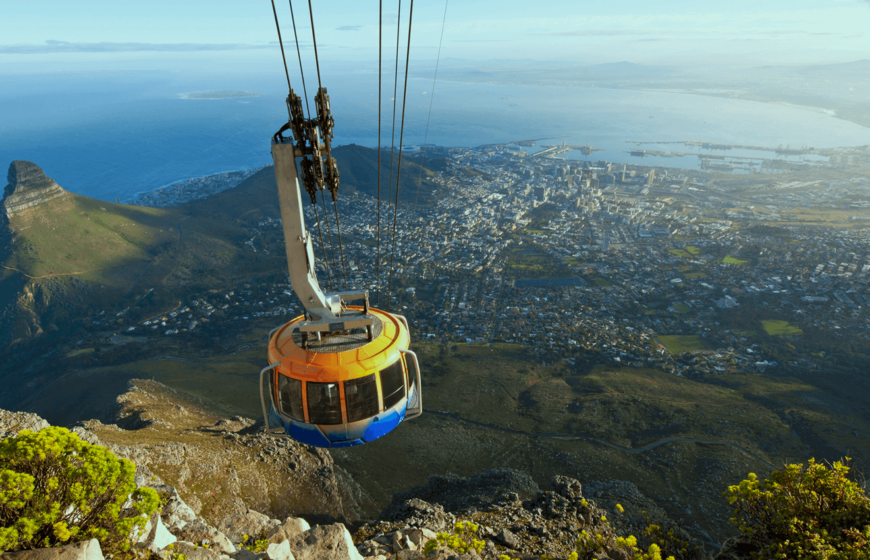Para-rowing is rowing or sculling open to both male and female rowers with a disability who meet the criteria set out in the Para-rowing Classification Regulations and Bye-Laws. Para-rowing was formerly called adaptive rowing and was first raced at the 2002 World Rowing Championships in Seville.
It was introduced into the Paralympic programme in 2005 and at the Beijing 2008 Paralympic Games it was held for the first time. The Rio 2016 Paralympic Games had 26 countries competing in para-rowing for 12 medals in four boat classes. There was a total of 48 boats and 96 rowers. The medals were spread among seven countries with Great Britain winning the most medals.
Para-rowing is uniquely integrated with the World Rowing Federation, FISA, and para-rowers participate alongside able-bodied athletes at some of the World Rowing Cups and the World Rowing Championships each year. With several new event added in 2017, para-rowing is currently divided into nine boat classes:
PR3 : mixed coxed four, mixed double sculls, men’s pair, women’s pair
PR2 : mixed double sculls, men’s single sculls, women’s single sculls
PR1 : men’s single sculls, women’s single sculls
Starting in 2017, the race distance changed from 1000m to 2000m for all events.
